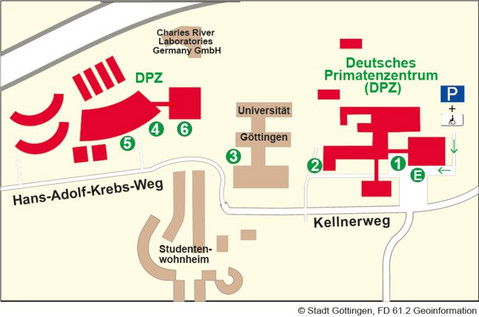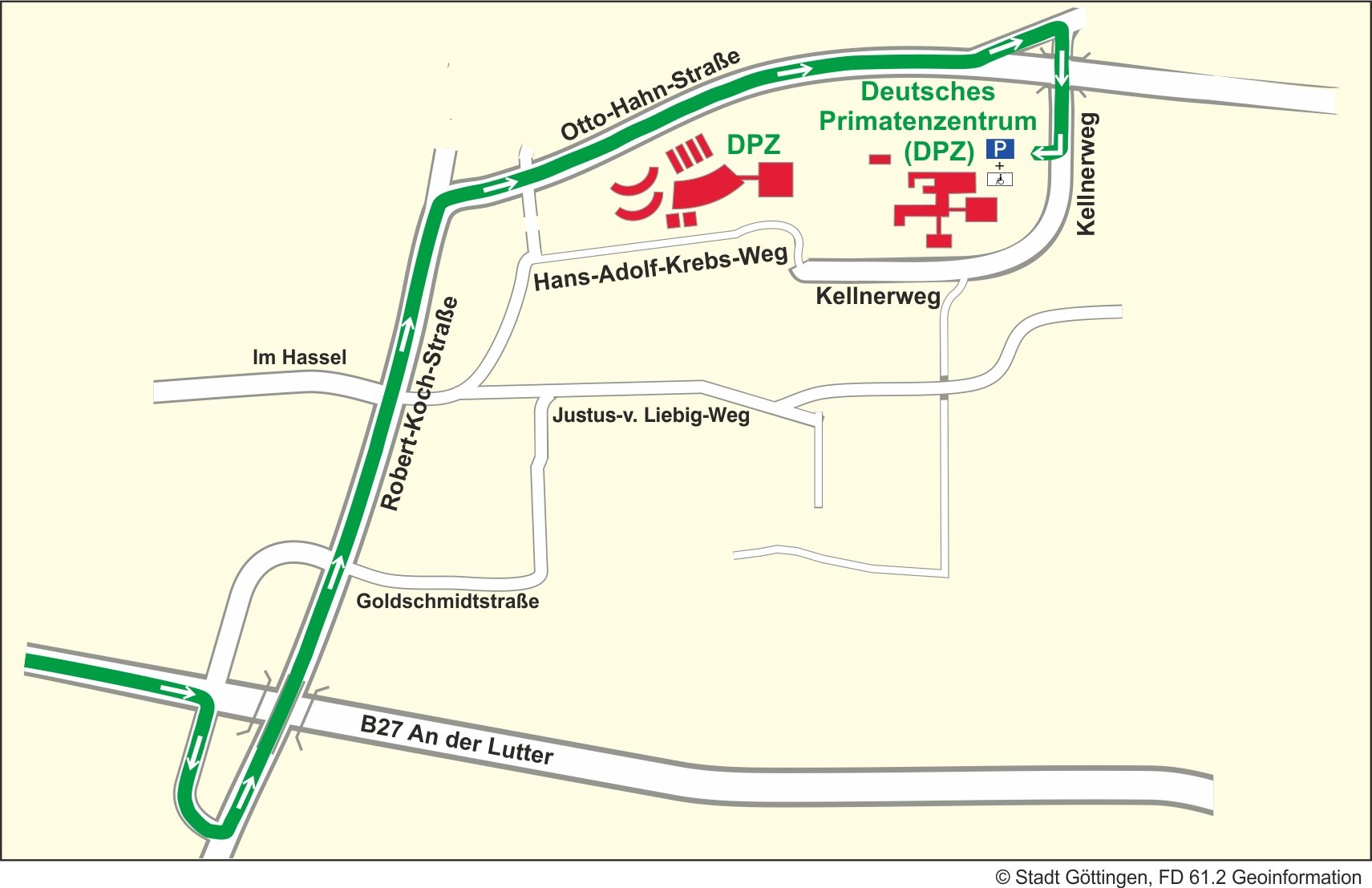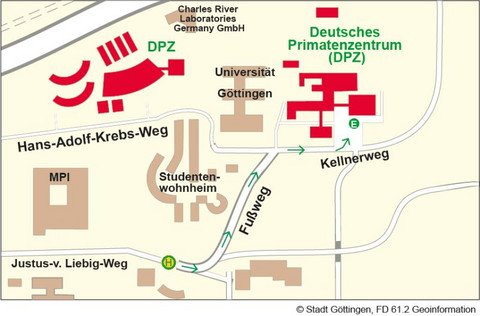Managing Aggression and Instability in Large Rhesus Macaque Social Groups
Als Kalendereintrag speichernBiomedical facilities across the US and worldwide aim to develop cost-effective methods for the reproductive management of macaque breeding groups, typically by housing macaques in large, multi-male multi-female social groups that provide monkey subjects for research as well as appropriate socialization for their psychological well-being. One of the most difficult problems in managing socially housed macaques is their propensity for deleterious aggression. Such aggression can readily escalate to the degree that it causes social instability, increases serious physical trauma leading to group dissolution, and reduces psychological well-being. Thus, for both welfare and other management reasons, deleterious aggression among rhesus macaques at primate centers and breeding facilities needs to be addressed with a more efficacious and proactive approach. Herein I review a new proactive approach developed by our research team using social network analysis to assess and predict deleterious aggression in macaque groups. We discovered three major pathways leading to instability, such as unusually high rates and severity of trauma and social relocations leading to group dissolution. These pathways are linked either directly or indirectly to network structure in rhesus macaque societies. We define these pathways according to the key intrinsic and extrinsic variables (e.g., demographic, genetic or social factors) that influence network and behavioral measures of stability. They are: (1) matrilineal genetic fragmentation (2) presence of natal males, and (3) power structure and conflict policing behavior supported by this power structure. I will discuss how these three major pathways lead us to a greater understanding of macaque social dynamics, allowing us to predict the onset of deleterious aggression in macaque social groups and develop appropriate strategies for its prevention.
Referent/-in
Brenda McCowan, PhD
School of Veterinary Medicine
University of California, Davis
USA
Anfahrtswege zum DPZ
Lageplan des DPZ

E - Haupteingang/Anmeldung
1 - Geschäftsführung; Abteilungen: Infektionsbiologie/-modelle, Versuchstierkunde, Primatengenetik, Verhaltensökologie und Soziobiologie, Kognitive Ethologie, Neurobiologie; Verwaltung; Bibliothek; Stabsstellen: Forschungskoordination, Kommunikation, Informationstechnologie, Betriebstechnik
2 - Materialanlieferung/Einkauf
3 - Forschungsplattform Degenerative Erkrankungen; Forschungsgruppe Soziale Evolution der Primaten
4 - Abteilung Kognitive Neurowissenschaften
5 - Tierhaltung
6 - Bildgebungszentrum; Abteilung Funktionelle Bildgebung
Anreise mit dem PKW

Folgen Sie von der Autobahnausfahrt "Göttingen Nord" der B27 in Richtung Braunlage bis zur dritten Ampelkreuzung. Biegen Sie rechts ab Richtung Kliniken und anschließend links in die Robert-Koch-Straße. Am Ende der Straße fahren Sie rechts in Richtung Nikolausberg auf die Otto-Hahn-Straße. Die erste Straße zu Ihrer Linken ist der Kellnerweg, das Primatenzentrum ist ausgeschildert.
Anreise mit dem Bus

Ihr Fußweg von der Bushaltestelle Kellnerweg zum DPZ-Haupteingang/zur Anmeldung:
Von der Bushaltestelle Kellnerweg (Linie 21/22 und 23) Straße überqueren, in Fahrtrichtung des Busses gehen. Am Briefkasen links in den Fußweg einbiegen und rechts halten. Am Ende des Fußwegs rechts in den Kellnerweg abbiegen. Der Haupteingang des DPZ liegt dann auf der linken Seite.
Datum und Uhrzeit 07.06.18 - 15:15 - 16:30 Anmeldung nicht notwendig
Veranstaltungsort
Deutsches Primatenzentrum GmbH
Alter Hörsaal
Leibniz-Institut für Primatenforschung
Kellnerweg 4
37077 Göttingen
Deutsches Primatenzentrum GmbH
Leibniz-Institut für Primatenforschung
Kellnerweg 4
37077 Göttingen
+49 551 3851-361
LCassidy(at)dpz.eu
